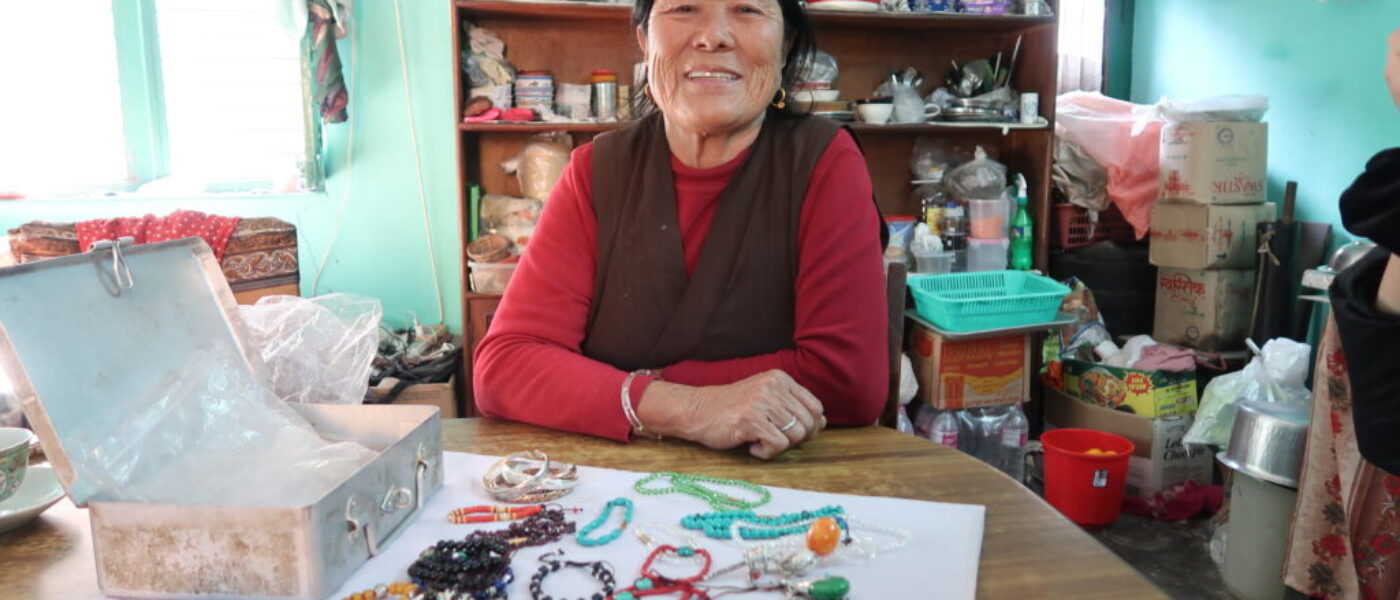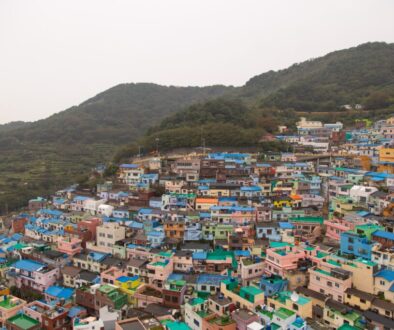Tibet is a region in Asia that covers many different types of terrain, from high mountain peaks to vast plains. It is home to some of the world’s tallest mountains, including Mount Everest, and is also the source of some of Asia’s major rivers, such as the Yangtze and the Mekong. Tibet has a long history dating back to the seventh century, when it was first unified under the rule of a single dynasty. Since then, it has been ruled by various dynasties and empires, and has been occupied by both China and India. Today, Tibet is an autonomous region of China, but its political status remains a matter of international dispute.

For many years, Nepali authorities tolerated the presence of Tibetan exiles in their country, even providing them with ID cards and economic assistance. However, all that changed in 1989 when Nepal and China entered into a trade agreement. As part of the deal, Nepal agreed to stop recognising Tibetan refugees, effectively strips them of their rights to own land, work, drive or claim any state benefits. This has left many Tibetans feeling marginalised and vulnerable, with little hope of ever returning to their homeland. While the Nepali government insists that it is merely following its international obligations, human rights groups have condemned the new policy as a heartless betrayal of those who have already suffered so much.

In 2021, Nepal granted refugee status to many people seeking help, but Tibetan refugees were not included. This is because there are a lot of people who are trying to profit off the Tibetan situation. Similar to Nepali orphanages and schools, some of these organisations are genuine while others are simply cash generating businesses that use the Tibetan situation to their advantage. As a result, the Tibetan refugees are not able to get the help they need. The Tibetan Settlement Camps have been around for decades, and in recent years, they have become popular with paid tours that will take visitors around a courtyard with a few old carpet makers and taken to the next destination. Be wary of tours that may be exploiting these locals.

The refugee settlements are often overcrowded and have basic facilities, and many refugees are unable to find work or earn enough money to support themselves or their families due to their unrecognised status in Nepal. A small way you can support these people, is to visit a Tibetan refugee settlement, where the local residents are selling handmade jewellery, trinkets, carvings and carpets. While these items make for great souvenirs, they also serve an important purpose: they provide a much-needed source of income for Tibetan refugees who are not allowed to legally work.
Many Tibetans fled their homes in the late 1950s after China began its occupation of Tibet. In the years that followed, hundreds of thousands more Tibetans escaped or were forcibly relocated to other parts of China. Today, there are an estimated 140,000 Tibetan refugees living in India and Nepal. While some have been able to find work, many do not have legal status and are not allowed to work. As a result, they must rely on other means of support.

Selling handicrafts is one of the most common ways Tibetan refugees earn a living. It allows them to be their own boss and work at their own pace. And because they can carry their inventory with them, it’s a perfect way to make a living while also staying mobile.
Next time you’re in Nepal, considering purchasing a souvenir from a Tibetan refugee, know that you’re not just getting a beautiful item – you’re also helping to support a community in need.
When we arrived at the settlement, one of the residents greeted us and asked if we wanted to be shown around. Her English was very basic, but we were able to understand one another. She showed us places like the school, the monastery, and then took us into her home for some tea, before she showed us the jewellery she had made.

Usually, I’m not really a souvenir person, but I was happy to make an exception this time, and buy some jewellery for my family and friends back home. Personally, I think that when you appreciate their handiwork and buy something they have spent time making and thank them for welcoming you into their community, the transaction involves more mutual respect and dignity than if you were to just give them money.
The Tibetan situation is a complex and emotional one that often creates an outpouring of feeling from all sides. Many tourists to Nepal see the abject poverty and difficult situation that many people are in. However, as the Chinese business population increases in Nepal, there are now those who wish the Tibetan refugees to be sent back to China – this includes second- and third-generations who have been born and raised in Nepal. The Tibetan situation is a difficult and sensitive one that needs to be handled with care. The Dalai Lama, the spiritual leader of Tibet, has been in exile since 1959 when he fled his country after a failed uprising against the Chinese government. Since then, there have been many attempts by the Tibetan government in exile to negotiate with the Chinese government for a return to their homeland. However, these efforts have so far been unsuccessful. There are an estimated 140,000 Tibetan refugees living in Nepal, and many more in India and Bhutan.

Pokhara is a beautiful city in Nepal that is home to many Tibetan refugees. The most frequently visited Tibetan camps in Pokhara are Tashi Palkhie and Jampaling, which are both located close to the city. Each camp has its own small Buddhist monastery, and if you visit during Tibetan New Year (February-March), you may be able to see some of the colourful celebrations that are held there. While in Pokhara, be sure to also visit some of the other local attractions, such as the world famous Himalayan Mountains and Lake Phewa. Whether you’re interested in religious history or simply want to enjoy the natural beauty of Nepal, Pokhara is definitely worth a visit!



